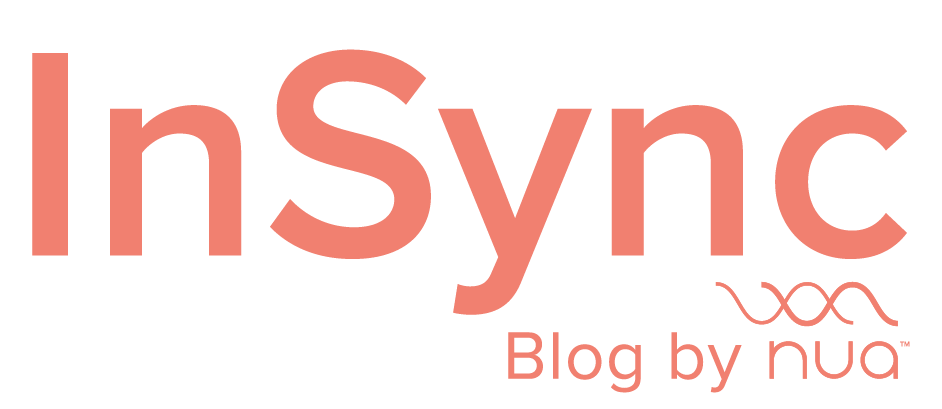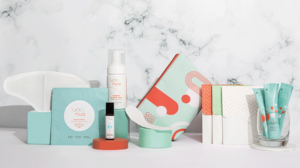No matter what age bracket you fall in, every woman has experienced menstrual cramps and period pain in her lifetime. Period cramps can cause mild or severe pain.
Let us understand why you may experience different types of period cramps at different ages.
Menstrual cramps or dysmenorrhea is the throbbing type of pain that one can experience during and around a menstrual cycle. This pain can be noted in the form of lower abdominal pain which causes mild discomfort to severe period pain that can prevent you from doing your regular daily activities. At times, these intense period cramps are accompanied by nausea, loose stools, headaches, and dizziness.
These period and menstrual cramps are broadly divided into primary and secondary depending upon the cause.
Primary – Pain in the absence of any specific pathological cause
In primary dysmenorrhea, the pain starts shortly after the occurrence of your first period or menarche. It typically lasts between 2 – 3 days and usually one experiences constant lower abdominal pain. At times, it can radiate to the back or thighs. The main reason for pain is the release of prostaglandins which causes severe and prolonged uterine contractions that leads to decreased blood flow to the uterus and hence increased period pain.
Secondary – A result of identifiable organic disease
In secondary dysmenorrhea, a pathological cause for pain is usually present. Most commonly seen are:
- Endometriosis
- Pelvic inflammatory disease (PID)
- Ovarian cysts and tumours
- Cervical stenosis or occlusion
- Adenomyosis
- Fibroids
- Uterine polyps
- Intrauterine adhesions
- Congenital malformations (eg, bicornuate uterus or subseptate uterus).
Here the period pain usually begins for women between the ages of 20 – 30, after previous relatively painless cycles. It can be accompanied by heavy menstrual flow or irregular bleeding. Secondary dysmenorrhea causes can be identified by ultrasound, CT scan, MRI, and laparoscopy.
Usually, there is a poor response to nonsteroidal anti-inflammatory drugs (NSAIDs) or oral contraceptives (OCs).

Menstrual cramps and their relation to age
The prevalence of dysmenorrhea is estimated to be 25% among adult women and as high as 90% among adolescents.
Primary dysmenorrhea peaks in late adolescence and the early 20s. The occurrence falls as you grow older and after childbirth. In the majority of the studies conducted across the globe, though not all, the reported prevalence and severity of dysmenorrhea for women with children are substantially lower.
Secondary dysmenorrhea first arises after a young woman has already been menstruating for several years. Here, women may also have pain across the month other than during their menstruation days. Depending on the cause and severity, it may increase with age.
Primary dysmenorrhea shows excellent results with nonsteroidal anti-inflammatory drugs (NSAIDs). Secondary dysmenorrhea treatment depends on the cause and sometimes timely treatment is essential for a successful pregnancy in the future.
Though menstrual cramps are not life-threatening, they can affect your day-to-day life. Therefore, the severity of menstrual cramps can indicate underlying pathology. If menstrual cramps are incapacitating you, please get yourself tested and consult a gynaecologist.
Our experts work round the clock to provide you with the answers that you are looking for. If you have any, leave it in the comment section below or send us a DM at @nuawoman. This is a safe space so don’t hold back on any doubts you may have about your body and mind.
Read all of Dr Abhinaya Alluri’s other articles here.









